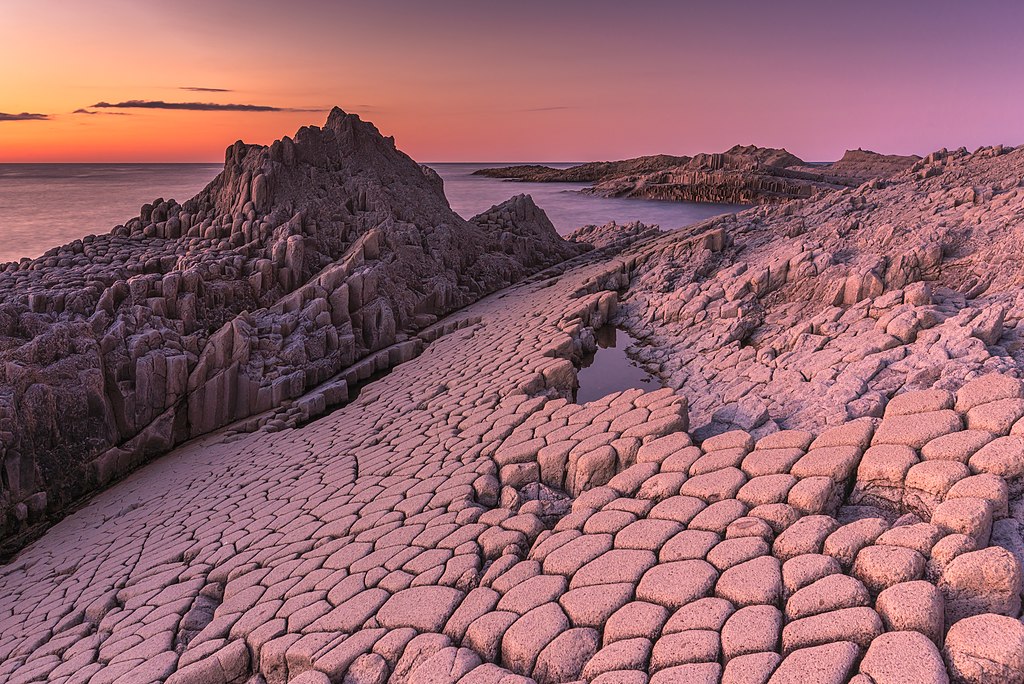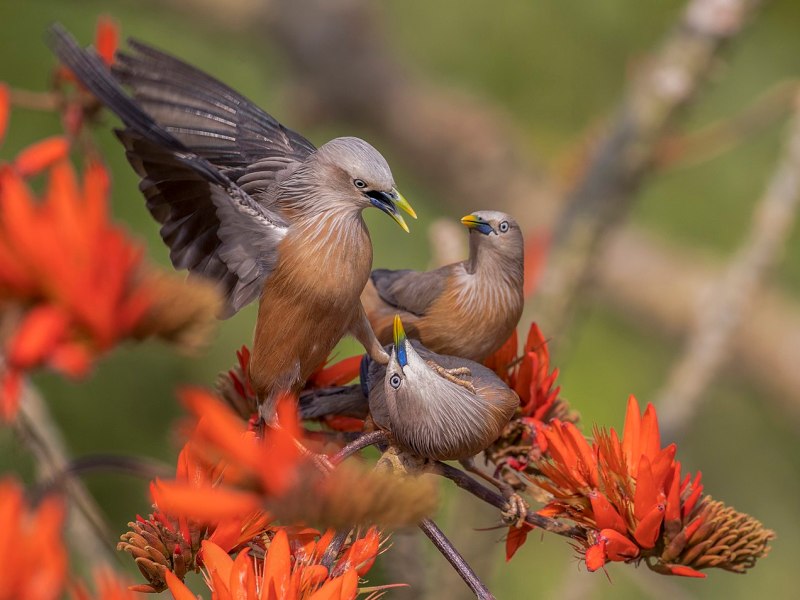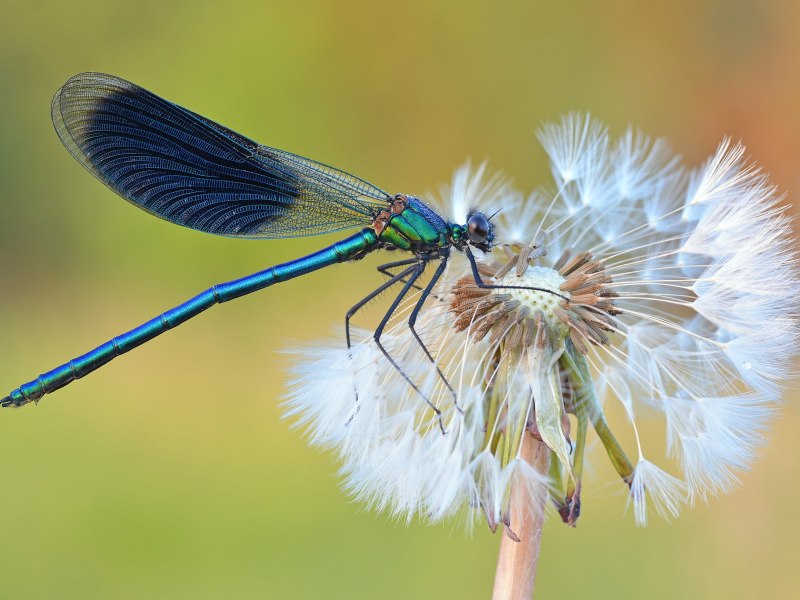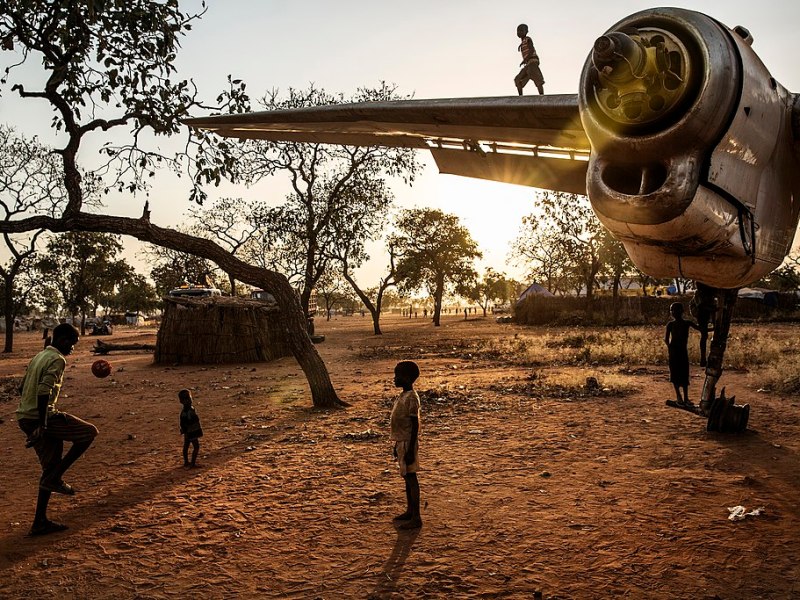A lonely monastery. The sun rising over the desert. A walk through a national park. These are just a few of the spectacular sights captured in the winners of the international Wiki Loves Earth photography competition, announced today.
Coming in first place, seen at top, is a shot of the famed columnar basalt of Cape Stolbchaty, located in Russia’s Kuril Islands.[1] Ekaterina Vasyagina’s photo was praised by one competition judge for its “brilliant composition and depth,” with another saying that it simply “makes you want to breathe.”
Wiki Loves Earth focuses on natural heritage in protected areas—unique and special places like nature reserves, landscape conservation areas, national parks, and more. It asks photographers to contribute their work to Wikimedia Commons, a media repository that holds many of the photos used on Wikipedia and the Wikimedia ecosystem. All of the content on Commons is freely licensed, meaning that it can be used by anyone, for any purpose, with only a few restrictions.[2]
Organized since 2013, Wiki Loves Earth’s sixth annual contest saw 7659 different users uploading photos, of which 83% were new accounts participating for the first time. These people contributed nearly 90,000 photo uploads, captured in at least 32 countries. Four thousand of these fall under Wiki Loves Earth’s partnership with UNESCO, which encourages photographers to capture life in biosphere reserves—internationally designated protected areas that encourage sustainable development.
All of the entries were judged by national juries; winners there were forwarded to the international jury, composed of members from seven different nations.
The contest’s second- through fifteenth-place images follow. You can learn more about Wiki Loves Earth on its website, and read this year’s jury report.
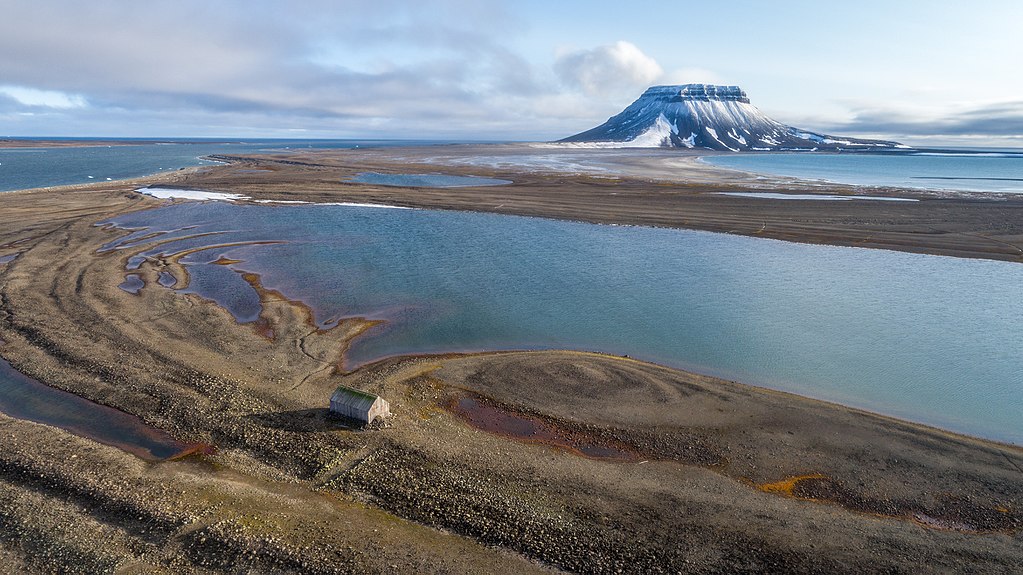
Second place: Bell Island of Franz Josef Land and Eira Lodge, left over from Benjamin Leigh Smith‘s expedition to what is now the Russian Arctic National Park. The picture was taken as part of the scientific expedition In the Footsteps of Two Captains. One jury member called attention to the contrast between “permanence vs. impermanence” in the landscape vs. the structure. Photo by Ilya Timin, CC BY-SA 4.0.
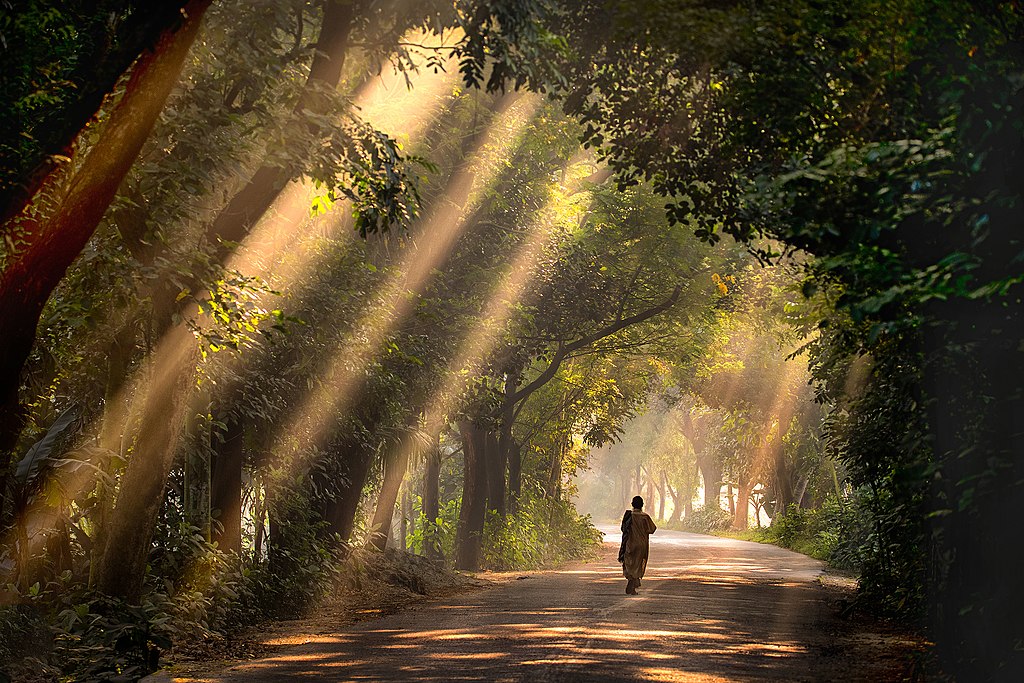
Third place: A person walking through Satchari National Park, located in far eastern Bangladesh. Satchari means “seven streams.” From the jury: “the light is magic.” Photo by Abdul Momin, CC BY-SA 4.0.
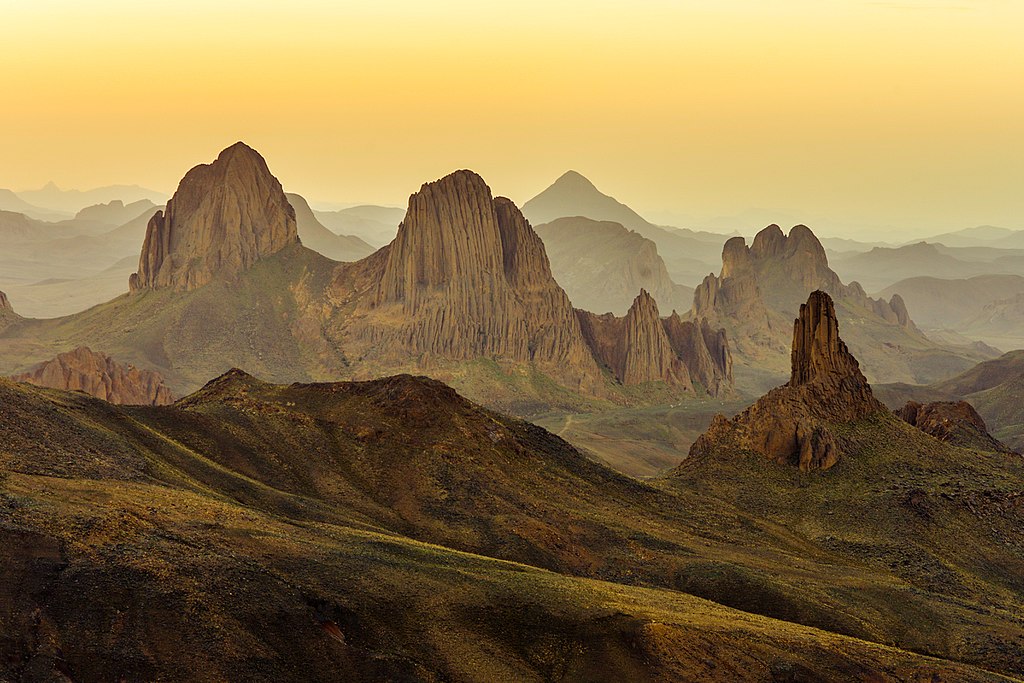
Fourth place: Hoggar National Park, Assekrem, Tamanrasset, Algeria. One jury member called out the “lovely use of multiple opposing diagonals,” while another commended the photographer’s balance between hot and cold. Photo by AMRI MOHAMMED, CC BY-SA 4.0.
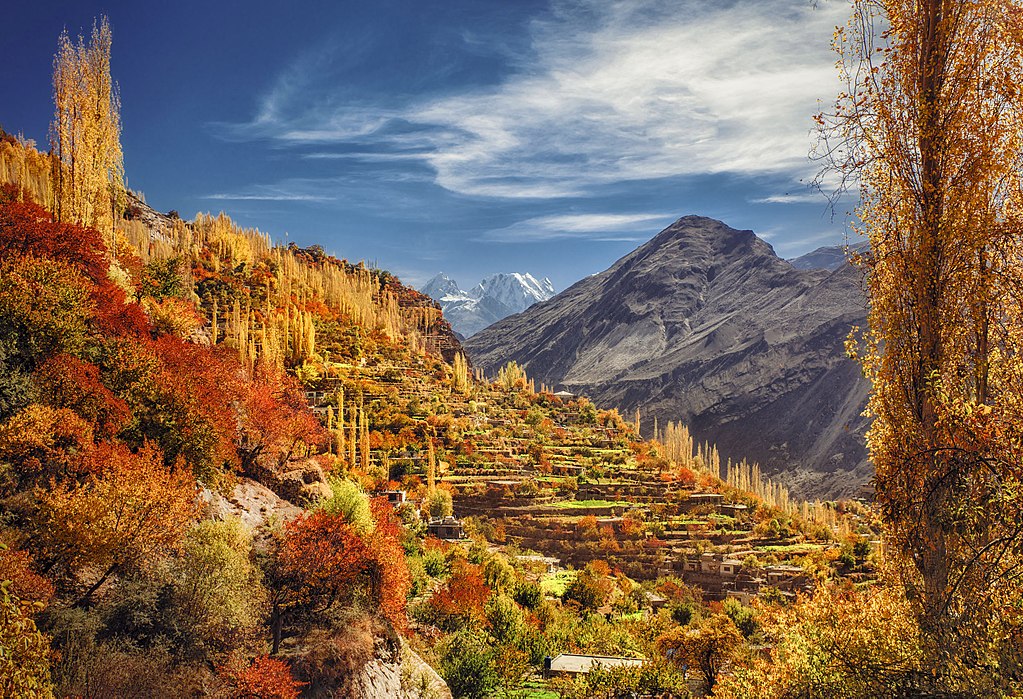
Fifth place: Autumn is booming in Hunza Altit Valley, Pakistan, seen on a clear October day. “Simply beautiful,” the jury said. Photo by Nasr Rahman, CC BY-SA 4.0.
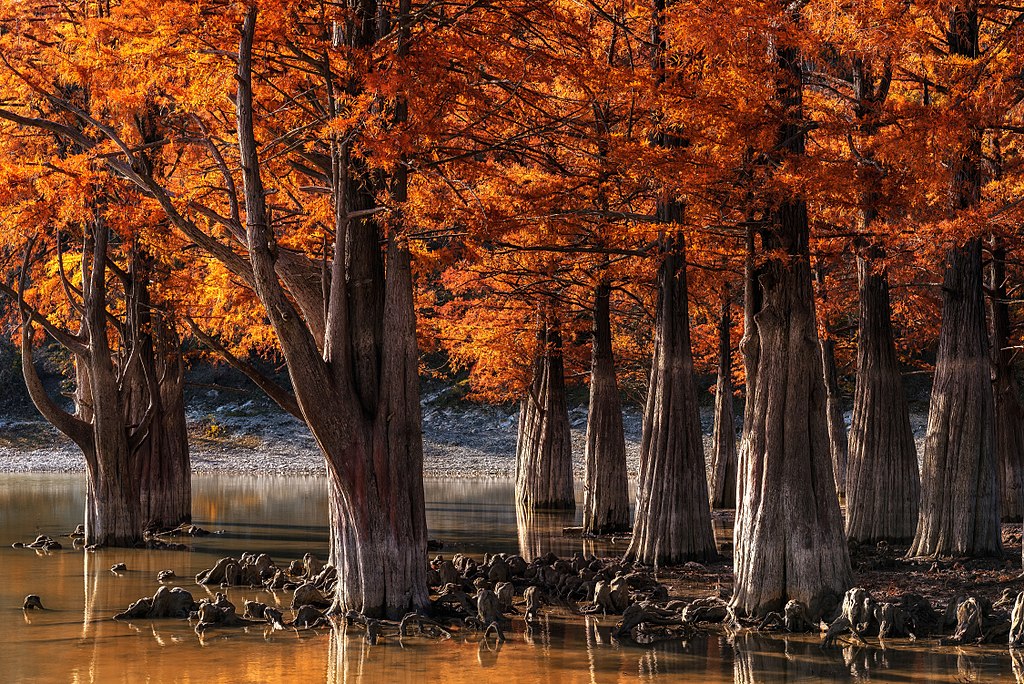
Sixth place: Swamp cypress near Sukko, Krasnodar Krai, Russia. Photo by Horoshilov Aleksandr, CC BY-SA 4.0.
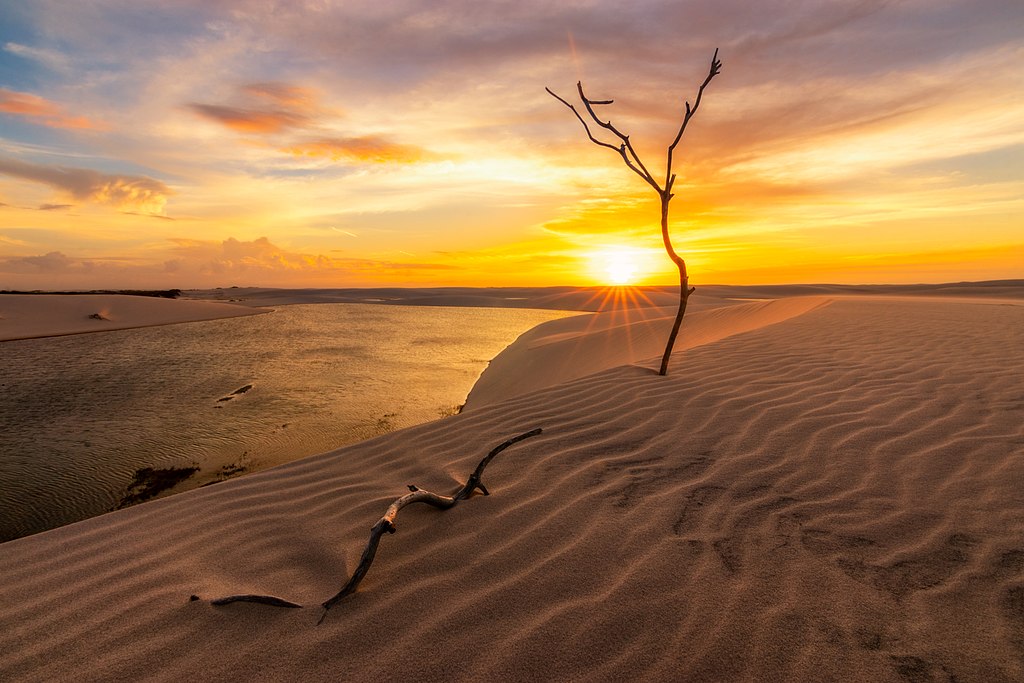
Seventh place: Sunset over Baixa Grande, an oasis or “restinga” in the middle of Lençóis Maranhenses National Park, Brazil—known among ecotourists for its wide range of species. Photo by Bruno Nonogaki, CC BY-SA 4.0.
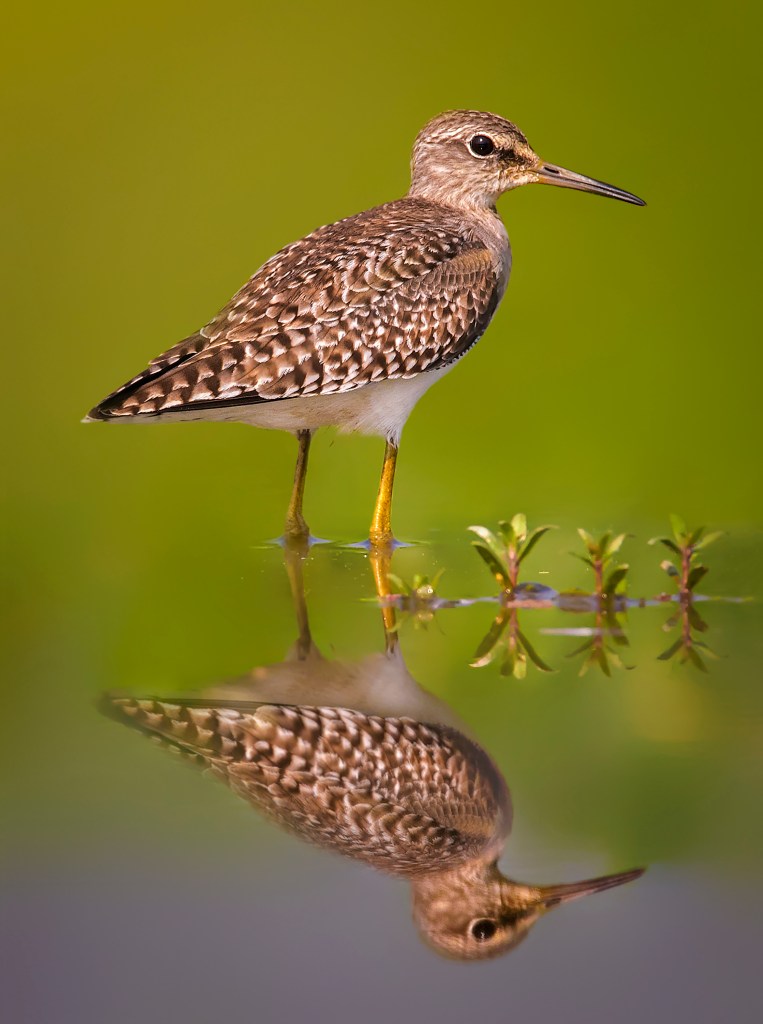
Eight place: This wood sandpiper is fearlessly wading through the water in Bangabandhu Sheikh Mujib Safari Park, Bangladesh. Photo by Abdul Momin, CC BY-SA 4.0.
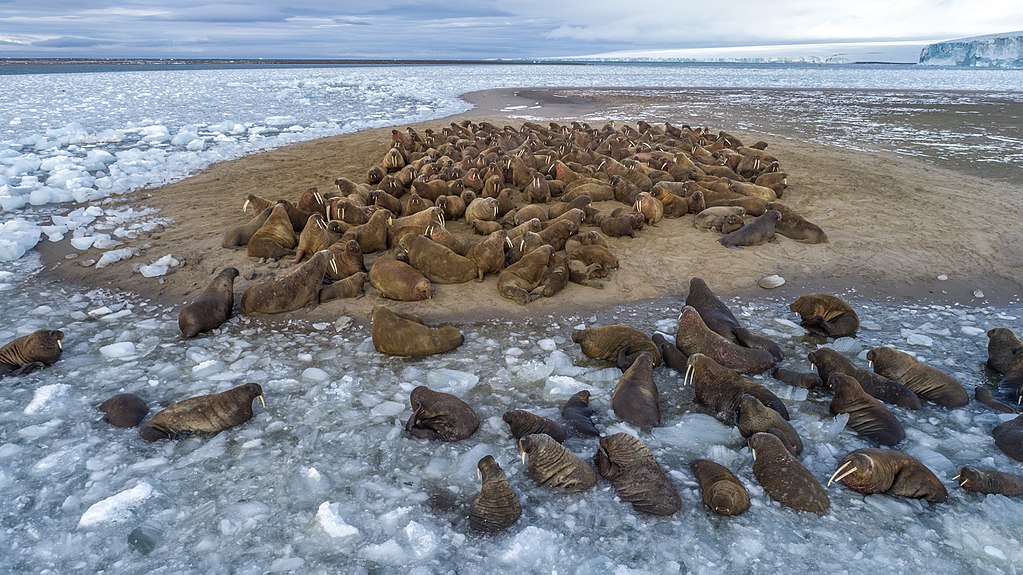
Ninth place: Walruses lying on Northbrook Island in the Russian Arctic National Park. Like the second-place photo, this was taken as part of In the Footsteps of Two Captains. Photo by Ilya Timin, CC BY-SA 4.0.
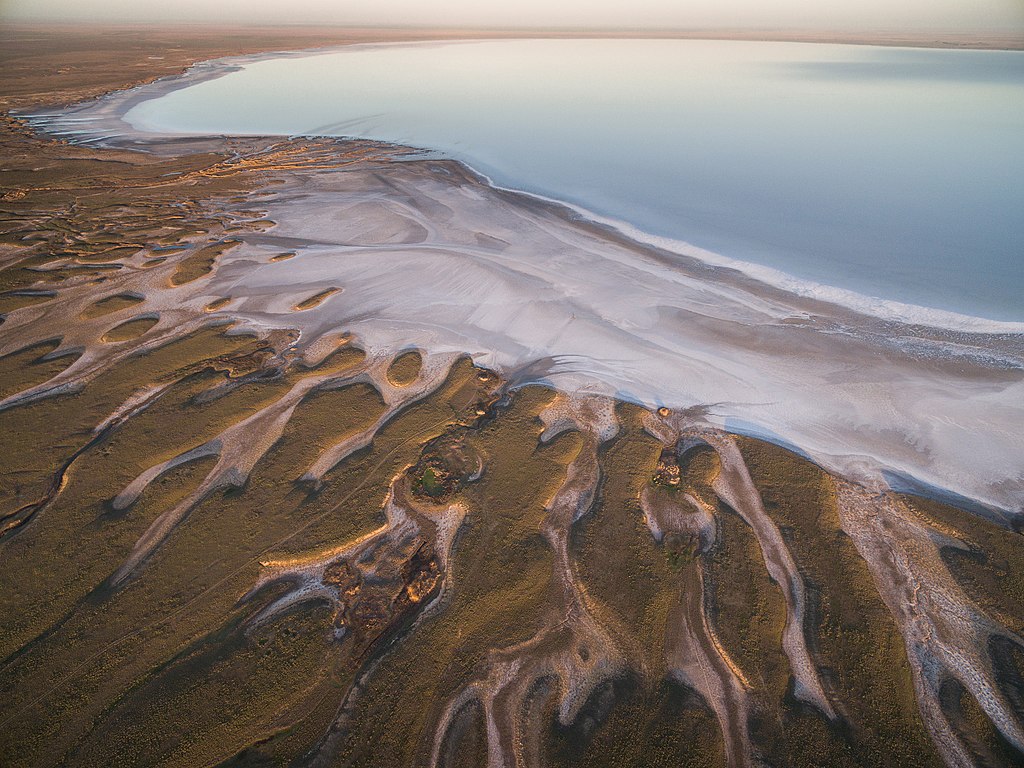
Tenth place: The shore of Solt Lake Elton, Volgograd Oblast, Russia. Photo by Vladimir Medvedev, CC BY-SA 4.0.
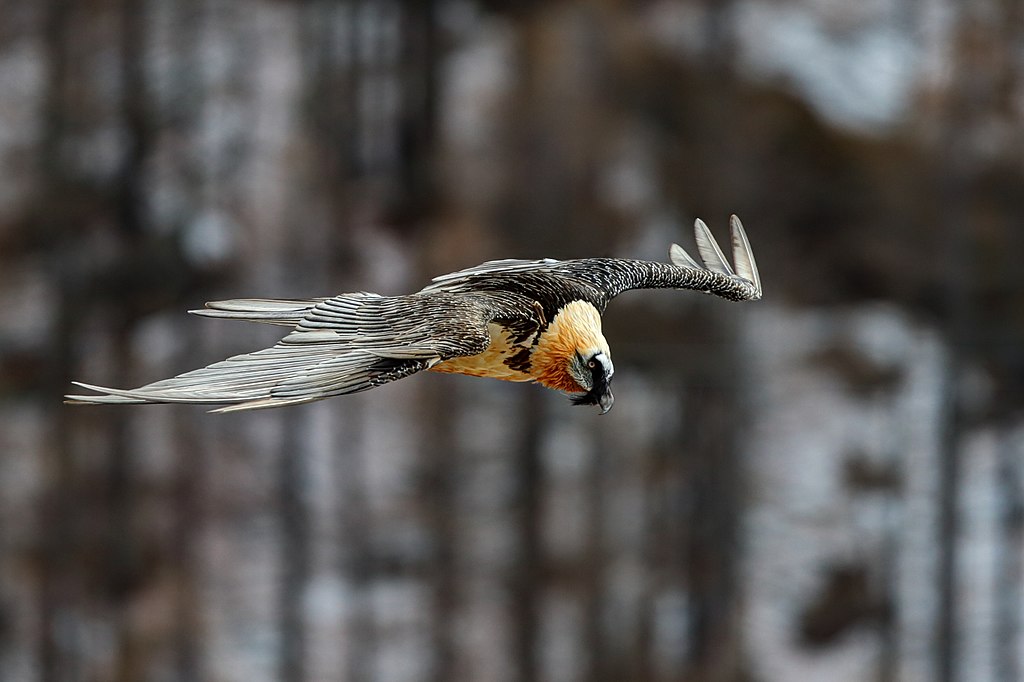
Eleventh place: A bearded vulture, the only known animal whose diet consists almost exclusively of bone, in flight over Italy’s Gran Paradiso National Park. Photo by Luca Casale, CC BY-SA 4.0.
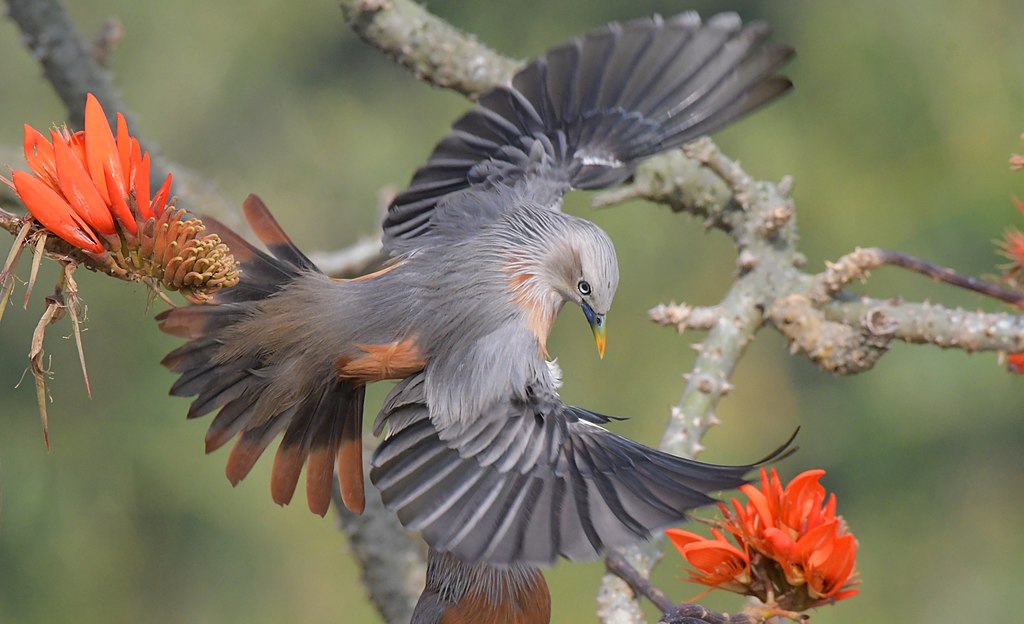
Twelfth place: A chestnut-tailed starling in Satchari National Park. Photo by Md shahanshah bappy, CC BY-SA 4.0
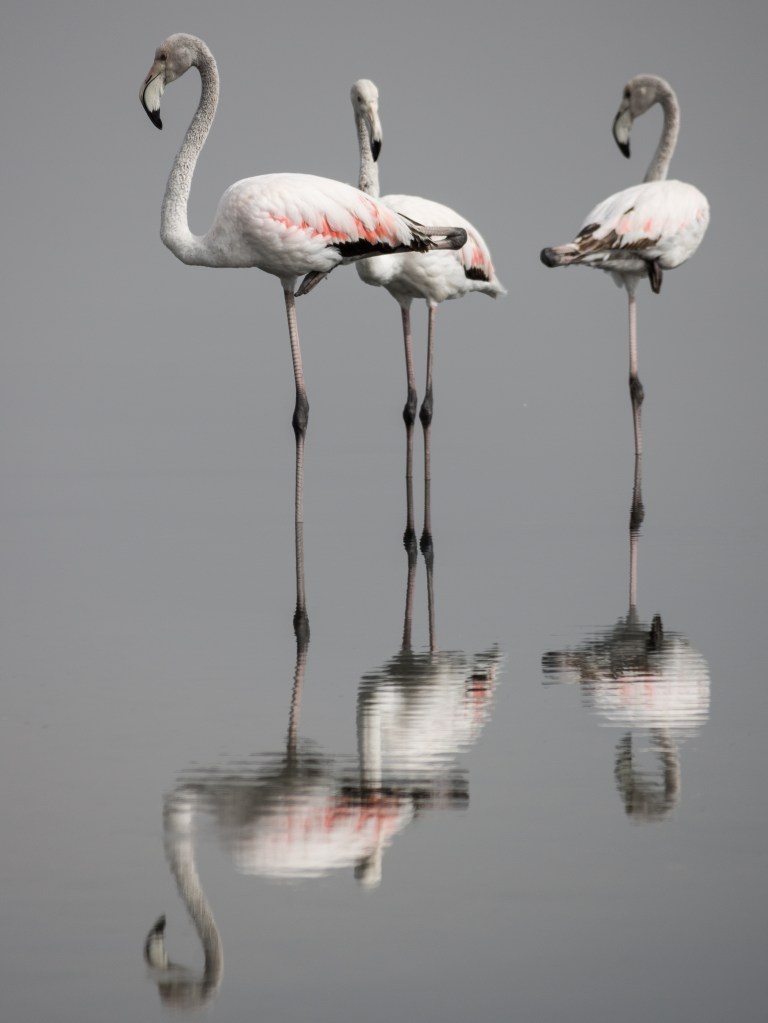
Thirteenth place: Greater flamingos at the Lake of Tunis, which in ancient times was Tunis’ main harbor but today is an extremely shallow lagoon. Photo by El Golli Mohamed, CC BY-SA 4.0.
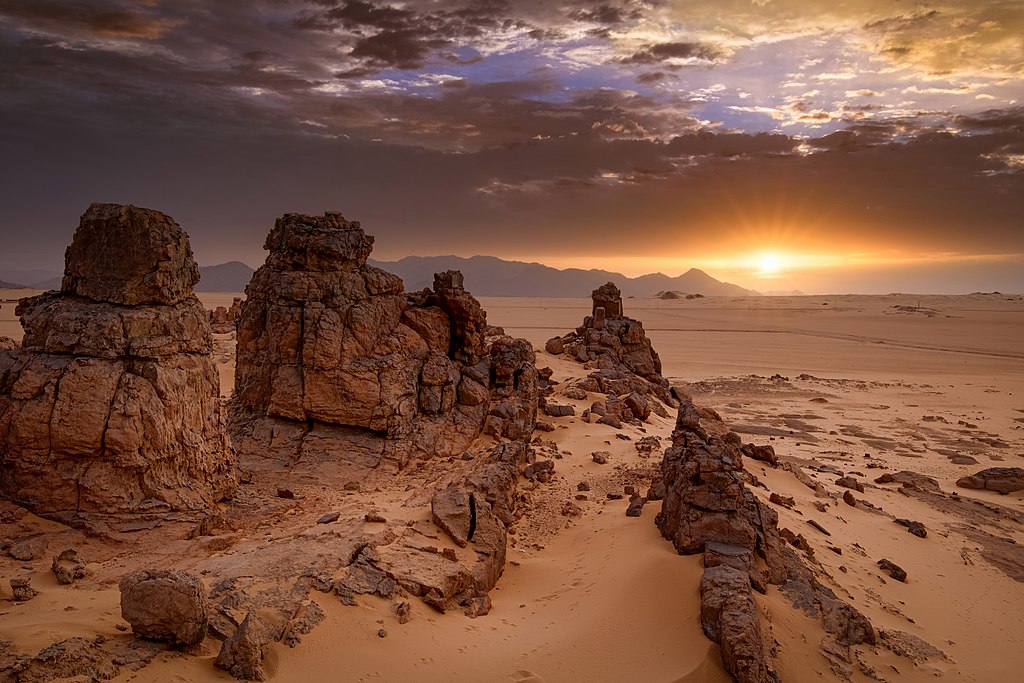
Fourteenth place: Tassili n’Ajjer National Park, Algeria—a UNESCO World Heritage Site with what Wikipedia calls “one of the most important groupings of prehistoric cave art in the world.” Photo by Nabil CHETTOUH, CC BY-SA 4.0.
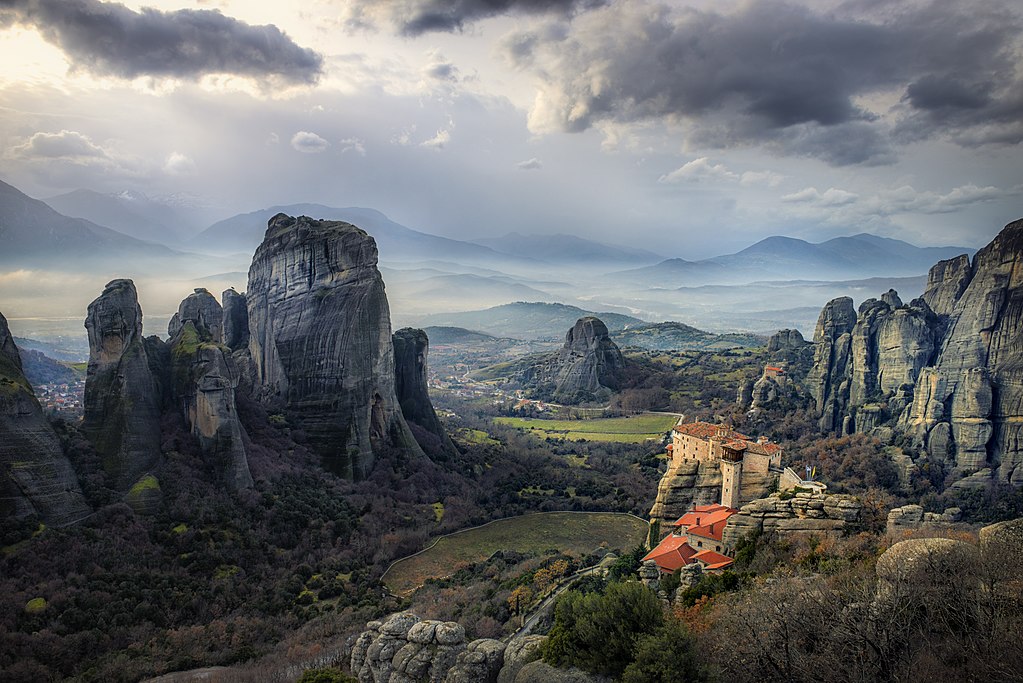
Fifteenth place: The Meteora rock formation, located in central Greece, is host to six Eastern Orthodox monasteries and a UNESCO World Heritage Site. Photo by Stathis floros, CC BY-SA 4.0.
———
Ed Erhart, Senior Editorial Associate, Communications
Wikimedia Foundation
Footnote
1. The islands’ status is disputed by Japan.
2. Please make sure to follow each image’s copyright tag. All of the images above, for instance, are available under a Creative Commons CC BY-SA license, meaning that you are free to share them for any reason so long as you give credit to the photographer and release any derivative images under the same copyright license.
